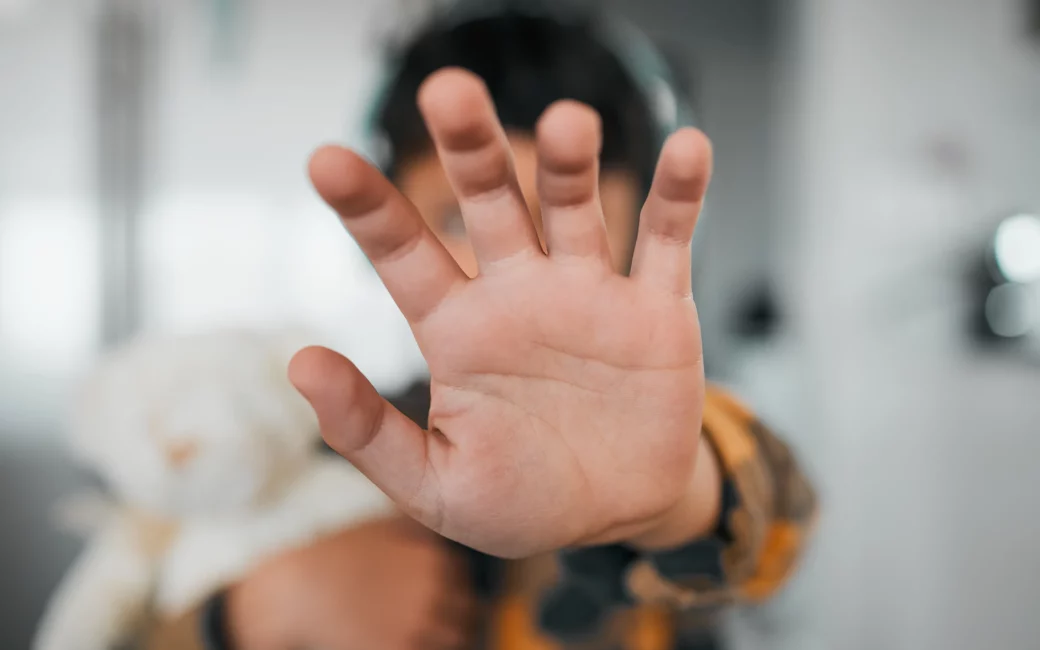Dental care plays a crucial role in overall health, yet it remains a domain marked by significant disparities. Social inequality in dental care reflects broader systemic issues, where factors such as income, education, race, and geography heavily influence access to and quality of dental services. This article delves into the roots, impacts, and potential solutions to address these inequalities, emphasizing the importance of equitable oral health care.
Understanding Social Inequality in Dental Care
Social inequality in dental care refers to the unequal distribution of oral health services and outcomes among different population groups. These disparities arise from a combination of economic, social, and systemic barriers that prevent certain individuals or communities from receiving adequate care. Key contributors to this inequality include:
- Economic Barriers:
- High costs of dental treatments make care inaccessible for low-income families.
- Lack of insurance coverage exacerbates the problem, as many health insurance plans either exclude dental care or provide minimal coverage.
- Geographic Disparities:
- Rural areas often lack sufficient dental clinics, forcing residents to travel long distances for care.
- Urban underserved neighborhoods may face similar challenges, with limited availability of affordable dental services.
- Educational Gaps:
- Limited awareness of oral health’s importance leads to neglect, particularly in disadvantaged communities.
- Misinformation about preventive care and available resources further compounds the problem.
- Racial and Ethnic Inequalities:
- Studies consistently show that racial and ethnic minorities experience higher rates of dental diseases and lower rates of treatment.
- Structural racism in healthcare systems contributes to unequal treatment and limited access.
Impacts of Social Inequality in Dental Care
The consequences of dental care disparities extend far beyond oral health, affecting individuals’ overall well-being and quality of life. Key impacts include:
- Health Complications:
- Untreated dental issues can lead to serious health problems, including infections, cardiovascular disease, and diabetes.
- Poor oral health during pregnancy has been linked to adverse outcomes, such as preterm births.
- Economic Burden:
- Dental diseases often result in high treatment costs, which can plunge families into financial distress.
- Absenteeism from work or school due to dental pain further exacerbates economic challenges.
- Psychosocial Effects:
- Missing or decayed teeth can lead to low self-esteem and social stigma.
- Children with untreated dental problems may struggle academically and socially.
- Intergenerational Cycles:
- Families with limited access to dental care often perpetuate poor oral health practices, creating cycles of inequality.
Addressing Social Inequality in Dental Care
Efforts to reduce disparities in dental care require a multifaceted approach involving policy changes, community initiatives, and individual action. Strategies include:
- Expanding Insurance Coverage:
- Incorporating comprehensive dental care into public health insurance programs like Medicaid can significantly improve access.
- Employers and private insurers should be encouraged to offer inclusive dental plans.
- Increasing Accessibility:
- Mobile dental clinics and tele-dentistry can help bridge the gap for rural and underserved urban areas.
- Federally qualified health centers (FQHCs) and community dental clinics should receive additional funding to expand services.
- Promoting Preventive Care:
- Public health campaigns can raise awareness about the importance of oral hygiene and regular check-ups.
- Schools and community centers can distribute educational materials and offer preventive services like fluoride treatments.
- Addressing Structural Racism:
- Training healthcare providers on cultural competence can improve the quality of care for minority groups.
- Diversifying the dental workforce to better represent all communities can build trust and reduce disparities.
- Investing in Research and Data Collection:
- Comprehensive data on oral health disparities can help policymakers identify areas of need and allocate resources effectively.
- Research into innovative, cost-effective treatments can make dental care more affordable.
Successful Models and Case Studies
Several programs and initiatives provide hope and serve as models for reducing dental care disparities:
- Smile Mobile Programs:
- Mobile dental clinics in states like Washington and California bring care directly to underserved communities, addressing geographic and financial barriers.
- Sealant Programs in Schools:
- Providing dental sealants to children in schools has been shown to prevent cavities and reduce the long-term need for expensive treatments.
- Community Water Fluoridation:
- Adding fluoride to public water supplies is a cost-effective way to improve oral health at the population level.
- Oral Health Equity Initiatives:
- Organizations like the National Institute of Dental and Craniofacial Research (NIDCR) fund projects aimed at reducing disparities through education and access.
The Role of Technology in Reducing Inequalities
Technology offers promising solutions to bridge the gap in dental care access and quality. For example:
- Tele-Dentistry:
- Remote consultations can provide initial assessments and referrals, especially in areas with limited dental professionals.
- AI-Driven Diagnostics:
- Artificial intelligence can assist in early detection of dental problems, enabling timely and cost-effective interventions.
- Portable Dental Equipment:
- Compact, affordable tools allow dentists to provide care in non-traditional settings, such as community centers or schools.
The Path Forward
Addressing social inequality in dental care requires collective action from governments, healthcare providers, and communities. By prioritizing policies that promote access and affordability, fostering education and prevention, and leveraging technology, we can create a future where everyone enjoys equal opportunities for oral health.
Conclusion
Social inequality in dental care is a pressing issue that mirrors broader societal inequities. Its impacts are profound, affecting health, economic stability, and social well-being. However, through targeted interventions and systemic changes, we can make significant strides toward bridging the gap. Ensuring equitable dental care is not only a matter of health but also a step toward justice and equality for all.

